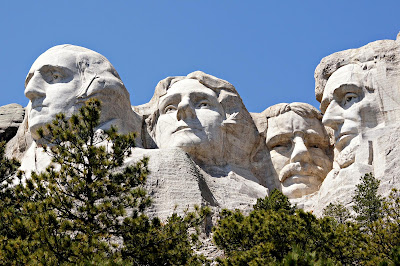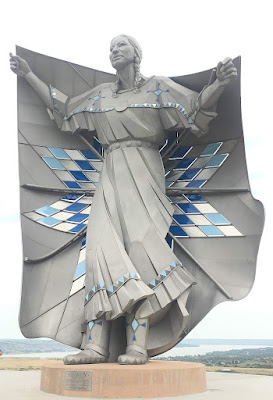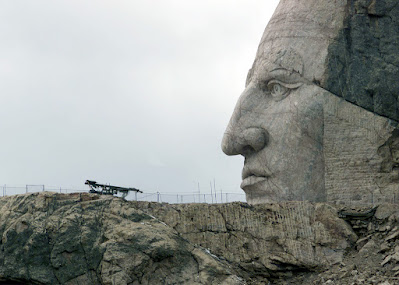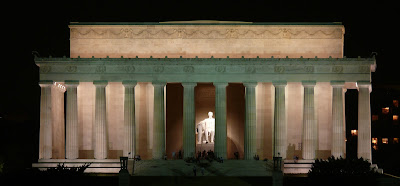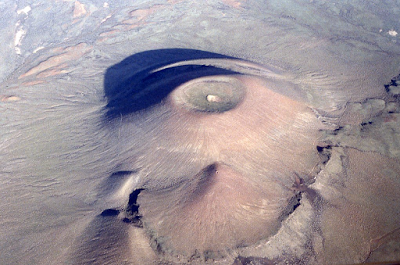I have been thinking a lot about Pete Seeger (1919-2014) lately.
Sometimes I reminisce about the happy times I spent listening to American folk singers Pete Seeger and Arlo Guthrie in concert as a young person. By the time I saw Pete and Arlo in the early 1980’s Pete was an old man. I saw them perform in Baltimore at Pier 6 as well as in Colombia at Merriweather Post Pavillion in Maryland. I was aligned politically with them as well as a fan of Woody Guthrie and Steinbeck’s Grapes of Wrath, Pete and Arlo were the logical descendants of these working-class heroes. But it was really the music, warmth, and camaraderie that was generated by Pete Seeger at these concert experiences that was remarkable, memorable, and truly legendary.
House Un-American Activities Committee
I also love Pete Seeger because he respectfully declined to respond to the bureaucratic steamrolling of all things Communist during the Red Scare in 1950s America. Pete Seeger stood up not only to a public institution, the House Unamerican Activities Committee, but also to the US House of Representatives who oversaw HUAC. He refused to name the names of others suspected to be associated with Communism. He very purposefully did not plead the 5th Amendment to protect himself and he answered truthfully if not a little bit mischievously. Pete was smart as a tack and he didn’t hold back-- I miss the candor and warmth that Seeger always seemed to convey simultaneously. In truth, Pete Seeger was at one point a member of the Communist Party. Seeger has also said that he regrets not quitting the party sooner over revelations of the evilness of Joseph Stalin.
Seeger instead refused to answer questions saying,
"I am not going to answer any questions as to my association, my philosophical or religious beliefs or my political beliefs, or how I voted in any election, or any of these private affairs. I think these are very improper questions for any American to be asked, especially under such compulsion as this." You can read the full trascripts of Seeger's questioning here, beginning on page 2,447.
In March 1957, Pete Seeger was found guilty of contempt and sentenced to 10 one year sentences in prison to be served consecutively. This is, in essence, a ten-year sentence.
Pete's Letter to John F. Kennedy, Jr.
In a recent research dig at the National Archives online I decided to see what information is stored about Pete Seeger. It was there that I found this gem, a letter from Pete Seeger to President John F. Kennedy, written on March 3, 1961.
I love that we can see the original document itself, humbly typewritten on scarred paper. Pete writes a formal letter and immediately identifies himself as a fellow Harvard graduate-- both Kennedy and Seeger graduated from Harvard University in 1940.
The letter cuts to the chase, describing Seeger’s indictment for contempt which he received in part for not saying whether he had sung a particular song for a group of Communists. Seeger includes a few sentences of court transcription to prove the absurdity of the intense questioning.
At one point, Chairman Walter asks, “Did you sing that song?”
Mr. Seeger responds, “I can sing it; I don’t how well I can do it without my banjo…” Pete, cheeky as always.
Before closing his letter to JFK, Pete apologies to the US President,
“I would not take up your valuable time with my personal problem, except that I feel it is a very fundamental one which concerns all America these days. Do I, or does any citizen, have the right to hold unorthodox opinions, whether they be purely right or horribly wrong, and do I have the right to join with others who think similarly? Without being blacklisted or persecuted as a ‘subversive’?"
Pete closes the letter to the US President with a poem by an uncle (who was also a Harvard grad, class of 1910) the second American to die in WWI, which is a very odd and seemingly mixed-bag claim to fame. By the end of the letter, I am much more aware of the privileged life Pete Seeger lived to come from an Ivy-league-educated family. By the end of Pete’s life in 2014, his net worth was approximately $5 million mostly gained from record sales.
The poem reads:
“You have the grit and guts, I know
You are ready to answer blow for blow
You are virile, combative, stubborn, hard
But your honor ends with your own backyard;
Each man intent on his private goal,
You have no feelings for the whole;
What singly none would tolerate
You let unpunished hit the state,
Unmindful that each man must share
The stain he lets his country wear,
And (what no traveler ignores)
That her good name is often yours.”
I also noticed that the letter is signed "Peter Seeger" as a sign of formality.
I thought this was, perhaps, a timely poem and one that I have thought about quite a bit in the past few weeks. The poem makes me think of the events of the failed insurrection of January 6, 2021-- the myopic view of those rioters who left a stain on our country that will last for a very long time. I am aware that this poem could be interpreted in the opposite-- a call to arms for a greater good, an incitement of radicals. But contextually, this is not what Pete Seeger would have meant by placing this poem in his plea for freedom. It is a call for personal responsibility and accountability.
It was not until May 1962 that Seeger’s conviction was overturned in an appeals court. Seeger never served a day in jail but to have such a severe sentence hanging over his head for five years must have been stressful and a constant source of worry. I am not aware of any response from President Kennedy to Pete Seeger.
Wherever you are Pete Seeger, thank you for picking up the torch of Tom Joad and Woody Guthrie and for bringing that light to subsequent generations. I miss you and your lovely folksy reedy voice that had the power to carry across large venues and united us in song. I hope you are in heaven leading a rousing round of Wimoweh as your perfect falsetto rises to serenade us all in peace and love.

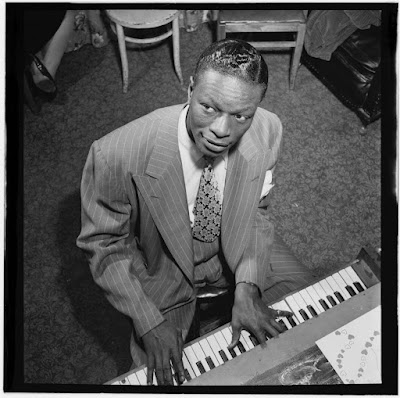
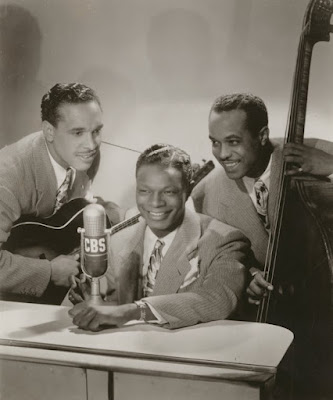







.jpg)



